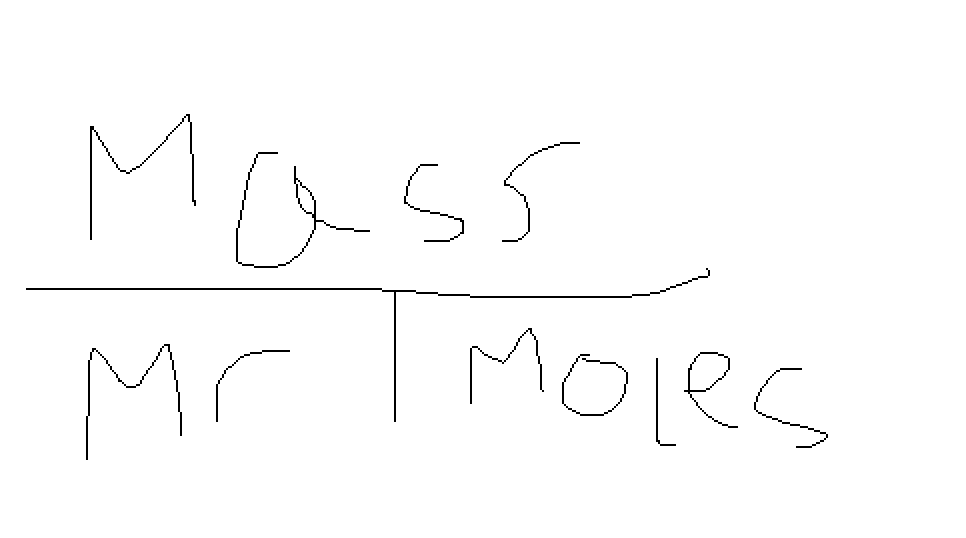C1 Key Concepts
1/42
Earn XP
Description and Tags
Name | Mastery | Learn | Test | Matching | Spaced |
|---|
No study sessions yet.
43 Terms
Dalton model pre subatomic particles
Atoms = smallest
No Isotopes
Chemical reactions = atoms rearagne
Dalton model post subatomic particles
Atoms ≠ smallest
protons = electrons amount but different neutrons
Atoms of different elements have different numbers of protons and electrons
Describe the structure of an atom
Protons and neutrons densely packed in the nucleus in the middle electrons
Relative charge and mass
proton = mass 1 charge +1
neutron = mass 1 charge 0
electron = negligible charge -1
whats is mass number
protons + neutrons
describe atoms of a given element
same number of protons in the nucleus
describe isotopes of a given element
isotopes = same number of protons but different number of neutrons
calculate number of protons neutrons and electrons in atoms given the atomic number and mass number
protons = atomic number
electrons = atomic number
neutrons = mass number - atomic number
why do do some elements have a non integer relative atomic mass
Isotopes - different versions of an element same atomic number different mass number
The atomic mass is a weighted average of the masses of an elements isotopes.
calculate the relative atomic mass of an element from the relative masses and amount of isotopes
(mass1 x amount1) + (mass2 x amount2)
how did Mendeleev organise the periodic table
increasing atomic mass
similar properties
missing elements
how did Mendeleev know about elements not yet found
observing patterns or trends and leaving gaps for what should fit the pattern
mendeleevs arrangement of elements
thought he had done it by increasing atomic mass
isotopes, which he didn’t know existed yet, messed it up
meaning of atomic number
atomic number = protons
atomic number = where it is on the periodic table
electronic configuration
chlorine atomic number = 17
electronic configuration = 2.8.7
number of electrons in outermost shell =
what group the elements in
number of circles in electrons configuration
what period the elements in
ion
an atom with a positive or negative charge
ionic bond
electrostatic attraction between oppositely charged ions in a lattice
High melting and boiling points
Don’t conduct
how’s an ionic bond formed
when a metal atom (loses and becomes a cation) and a non metal atom (which gains and becomes and anion)
Explain the formation of ions in ionic compounds (group 1,2,6,7)
Ions are formed through the transfer of electrons between atoms. group 1 and 2 are metals so they lose 1-2 electrons. group 6 and 7 are non metals so they gain 1-2 electrons
using of “ide”
used for compounds of elements formed between two atoms
using of “ate”
used for compounds containing polyatomic ions
(back of the book ions)
describe the structure of an ionic compound
lattice structure
regular arrangement of ions
covalent bond
where two non metal atoms share one or more pairs of electrons
• low melting and boiling points
• don’t conduct
USE DIAGRAMS
whats the typical size of small molecules
couple nanmoetres
Giant covalent
Think of diamond
• high melting and boiling points
• won’t dissolve
• won’t conduct
Structure of graphite
each carbon atom attached to three other carbon atoms
hexagonal lattice
held together by strong covalent bonds and the carbon atoms within each layer but the layers themselves are held together by weak forces
Structure of Diamond
each carbon atom is boned together to four other carbon atoms
tetrahedral arrangement
held together by strong covalent bonds
properties of fullerene C60 and graphene
cage like structures
semiconducting properties
two dimensional hexagonal lattice
polymer
a large molecule formed by many identical smaller molecules known as monomers
properties of metals
malleable
conduct electricity due to delocalised electrons
dot and cross diagrams
shows sharing of electrons
bad at showing 3d arrangement
bad at showing relative distance
ball and stick diagrams
good at showing 3d visualisation of structure of atoms
difficult to interpret
bad at showing relative distance
2d representations
simple
bad at accurately showing 3d geometry of molecules
3d representation
computer generated molecules
difficult to understand
calculate relative formula mass give relative atomic mass
what is the relative formula mass of CO2
given the relative atomic mass of carbon 12 and oxygen16 ? (easy question same formula for all)
Answer: 12 + 16 + 16 =44
empirical formulae
empirical formulae = the simplest whole number ratio of each element in a compound
MADR TABLE
conservation of mass
no atoms are created or destroyed in a chemical reaction they just form products
concentration
concentration = mass/volume
mole
(6.02 × 10²³)
moles formula
Mass = MrMoles

Stoichiometry
Give the ratio of ingredients for a equation